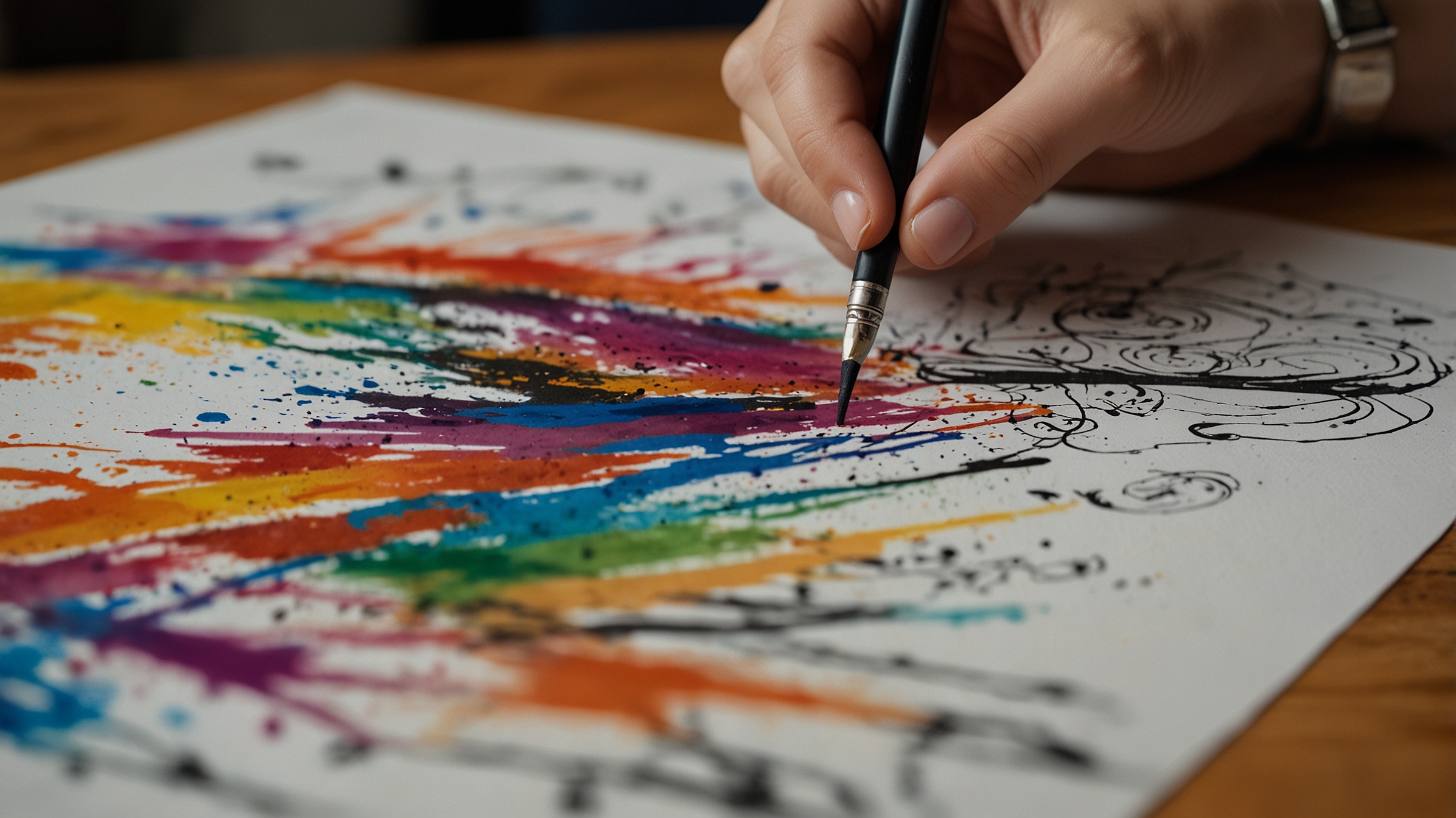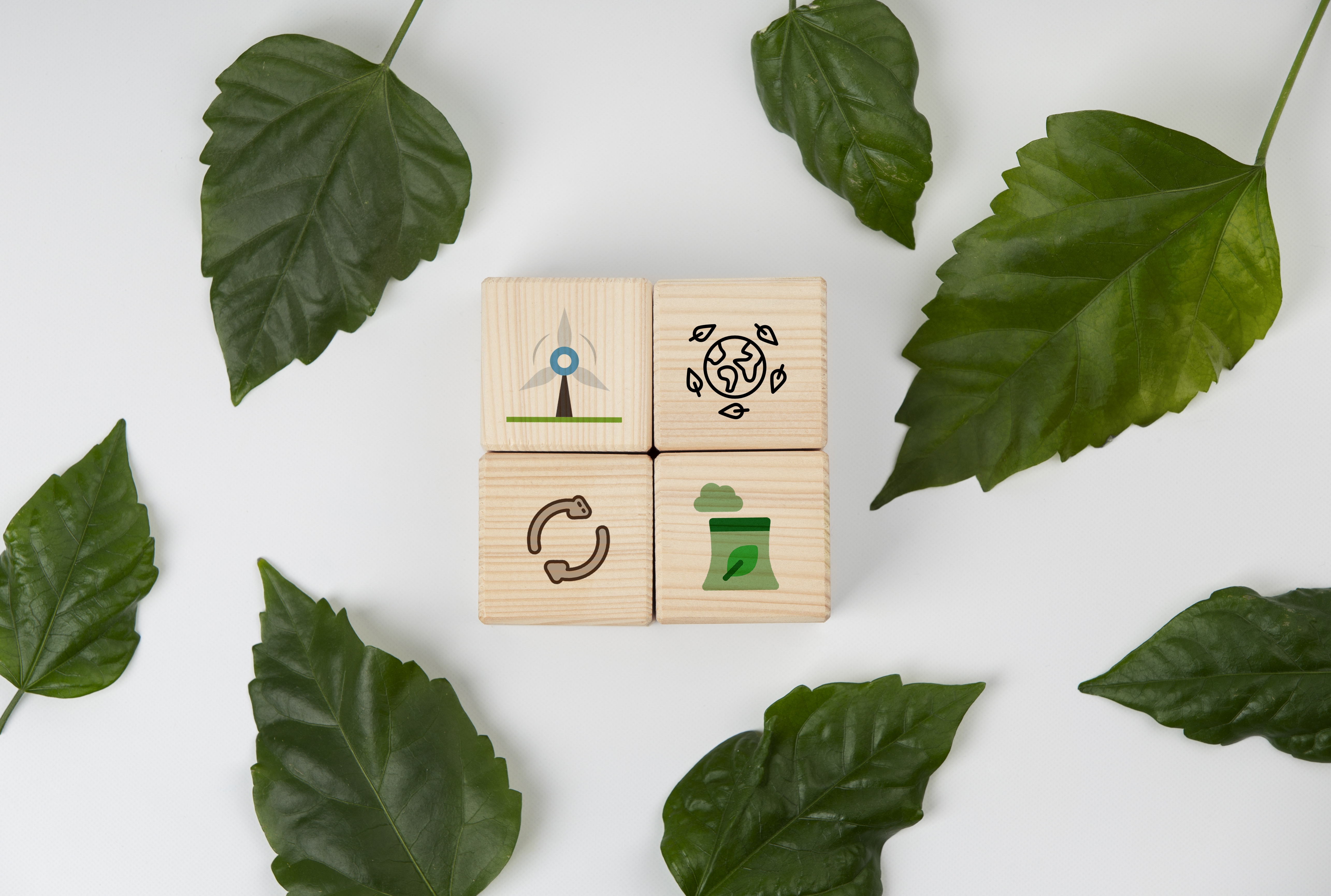Do you ever feel a yearning to create, to express something uniquely you, but the dreaded words “I’m just not creative” echo in your mind? If so, you’re far from alone. The myth of the inherently “creative” individual often leaves many feeling like art, music, writing, and other forms of expression are reserved for a select few. But the truth is, creativity isn’t a fixed trait; it’s a muscle we can all flex and strengthen.
This journey into the realm of creative flow isn’t about becoming the next Van Gogh or Mozart overnight. It’s about tapping into that innate human desire to make, to explore, and to find joy in the process itself. Whether you’re seeking a new hobby, a deeper sense of purpose, or simply a way to express the kaleidoscope of emotions within, unlocking your inner artist is within reach.
Dismantling the “Creative” Myth:
The first step is to dismantle the limiting belief that creativity is a rare gift bestowed upon a chosen few. Think back to your childhood – the elaborate Lego castles, the fantastical stories whispered with friends, the joy of splashing paint on paper. That was your innate creativity in its purest form. Life, with its demands and expectations, often pushes this playful spirit into the background.
Creativity isn’t about achieving perfection or producing masterpieces. It’s about exploration, experimentation, and allowing yourself to play without judgment. It’s about connecting with your inner world and finding an outlet for it.
Finding Your Creative Outlet:
The beauty of creativity lies in its vast spectrum. It’s not confined to traditional art forms. Consider these avenues:
- Visual Arts: Painting, drawing, sculpting, photography, collage, digital art.
- Performing Arts: Singing, dancing, acting, playing a musical instrument.
- Literary Arts: Writing stories, poems, journaling, blogging.
- Crafts: Knitting, sewing, pottery, jewelry making, woodworking.
- Culinary Arts: Experimenting with recipes, plating food as an art form.
- Even Problem-Solving: Finding innovative solutions in your work or daily life is a form of creativity!
The key is to experiment and discover what resonates with you. What activities make you lose track of time? What sparks your curiosity? What feels like play, rather than work?
Cultivating the Flow State:
The term “flow state,” coined by psychologist Mihály Csíkszentmihályi, describes a state of complete immersion and energized focus in an activity, with a feeling of full involvement and enjoyment in the process. This is where your inner artist truly thrives. Here’s how to cultivate this state:
- Choose an Activity That Challenges You (Slightly): The task should be engaging enough to hold your attention but not so difficult that it leads to frustration. There should be a balance between skill and challenge.
- Minimize Distractions: Find a quiet space where you won’t be interrupted. Turn off notifications on your phone and computer. Create a dedicated time and space for your creative pursuits.
- Set Clear Goals (Initially): While the ultimate goal is the process, having a small, achievable goal for your session can help you get started. For example, “I will write one paragraph” or “I will sketch for 15 minutes.”
- Focus on the Process, Not the Outcome: Try to detach yourself from the need to create something “good.” The joy lies in the act of creation itself. Embrace experimentation and mistakes as part of the learning process.
- Trust Your Intuition: Let your ideas flow freely without judgment. Don’t censor yourself in the early stages. Allow yourself to explore unexpected paths.
- Embrace Imperfection: Nothing is perfect, especially in the beginning. Release the pressure to create a masterpiece. The more you create, the more your skills will naturally develop.
Small Steps, Big Impact:
Don’t feel like you need to dedicate hours to your creative pursuits. Even small pockets of time can make a difference. Commit to 15 minutes of sketching each day, or write a few lines in your journal before bed. These small, consistent efforts build momentum and help integrate creativity into your routine.
The Benefits Beyond the Canvas:
Engaging in creative flow offers a wealth of benefits beyond the tangible results of your creations. It can:
- Reduce Stress and Anxiety: Immersing yourself in a creative activity can be a wonderful way to quiet the mind and release tension.
- Boost Self-Esteem: Completing a creative project, no matter how small, can provide a sense of accomplishment and pride.
- Enhance Problem-Solving Skills: Creative thinking often translates to innovative solutions in other areas of your life.
- Increase Mindfulness: The focus required for creative flow can bring you into the present moment, fostering a sense of mindfulness.
- Foster Self-Discovery: Through creative expression, you can gain deeper insights into your own thoughts, feelings, and perspectives.
So, take a deep breath and silence that inner critic. The artist within you is waiting to be awakened. Start small, explore different avenues, and embrace the joy of the process. You might just surprise yourself with the beauty and fulfillment you discover along the way. Your creative journey begins now.












